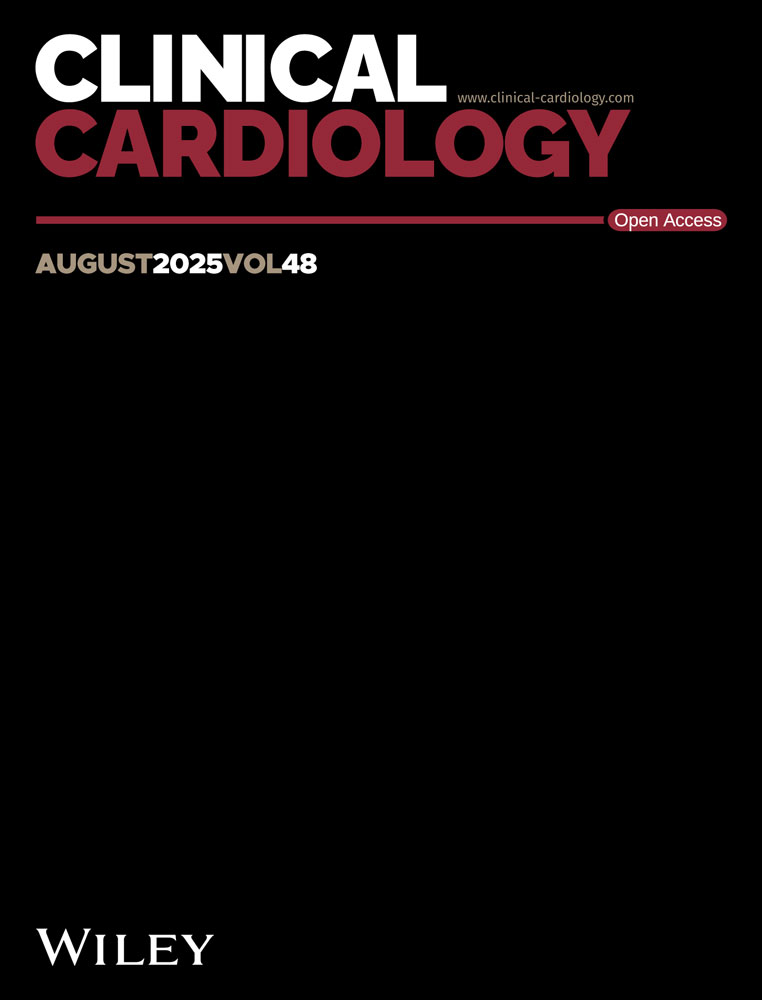Effectiveness of intravenous propafenone for conversion of recent-onset atrial fibrillation: A placebo-controlled study
Abstract
To evaluate the efficacy of propafenone in converting recent-onset atrial fibrillation (AF) lasting <7 days, 182 patients were treated intravenously with propafenone (Group 1, n = 98) and with placebo 0.9% saline solution (Group 2, n = 84) in a double blind study. The treatment was continued until sinus rhythm (SR) was restored, but for no more than 24 h. Eighty-nine patients treated with propafenone (90.8%) and 27 patients treated with placebo (32.1%) responded to the treatment and SR was restored (p < 0.0005). The mean time for SR restoration was 2.51± 2.77 h in Group 1, and 17.15± 7.8 h in Group 2 (p < 0.0005). In both groups the patients in whom SR was not restored (nonresponders) had larger left atrial size and longer duration of AF than responders at the onset of the arrhythmia. Nonresponders in Group 1 showed a decrease in mean ventricular rate (MVR) from 143± 16 to 101± 18 (p < 0.0005), while in the nonresponders in Group 2 no reduction of MVR was observed. Two patients whose SR was restored with propafenone had sinus standstill lasting 3.4 and 3.8 s, respectively. Propafenone used intravenously is an effective, quick, and safe drug for treating AF. Moreover, it significantly reduces MVR in nonresponders.




